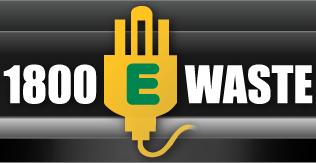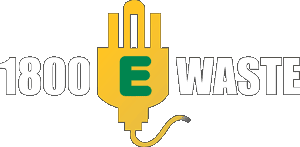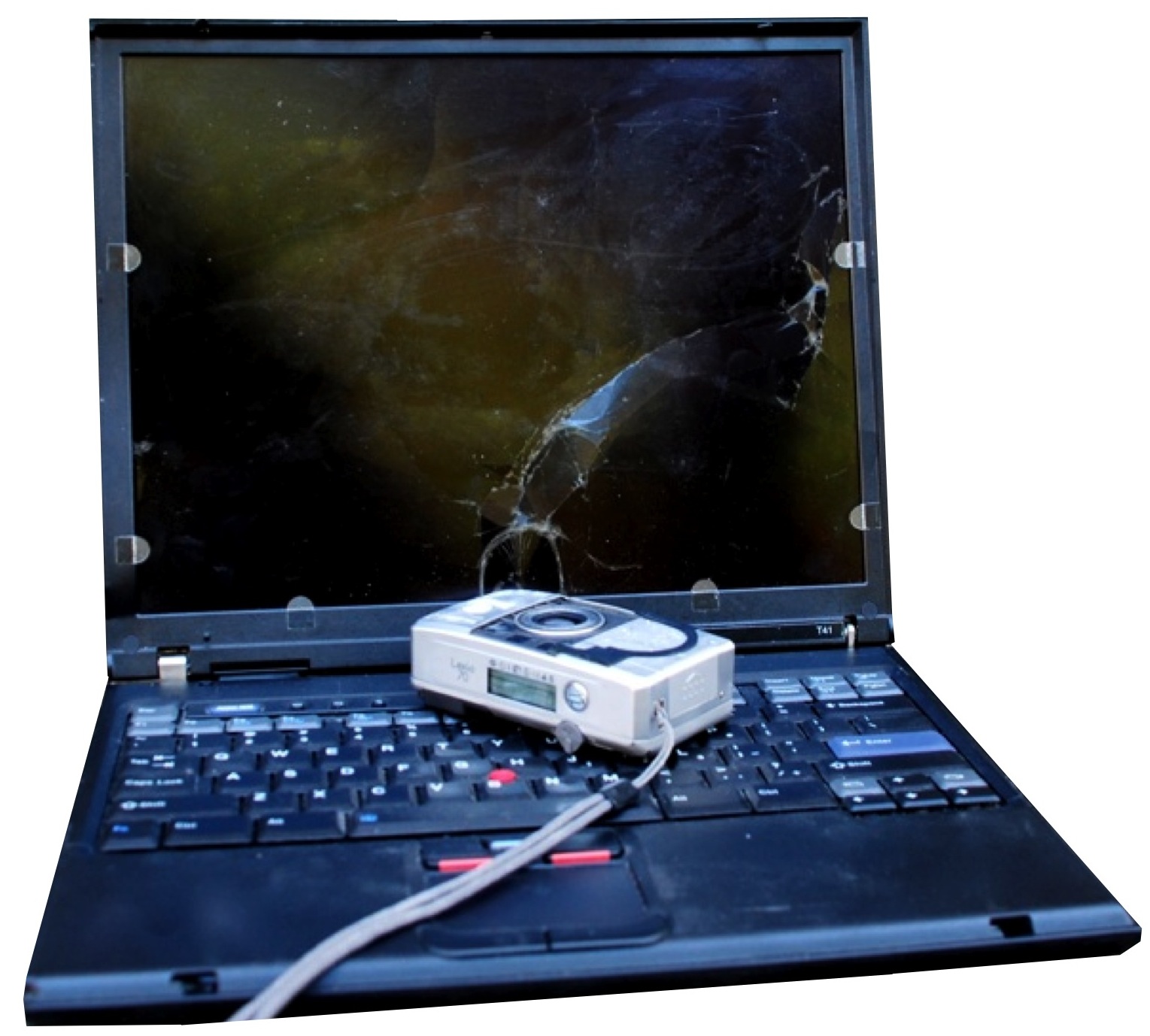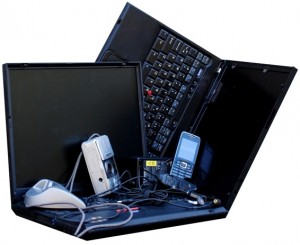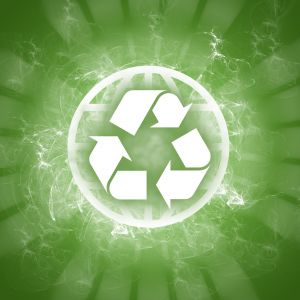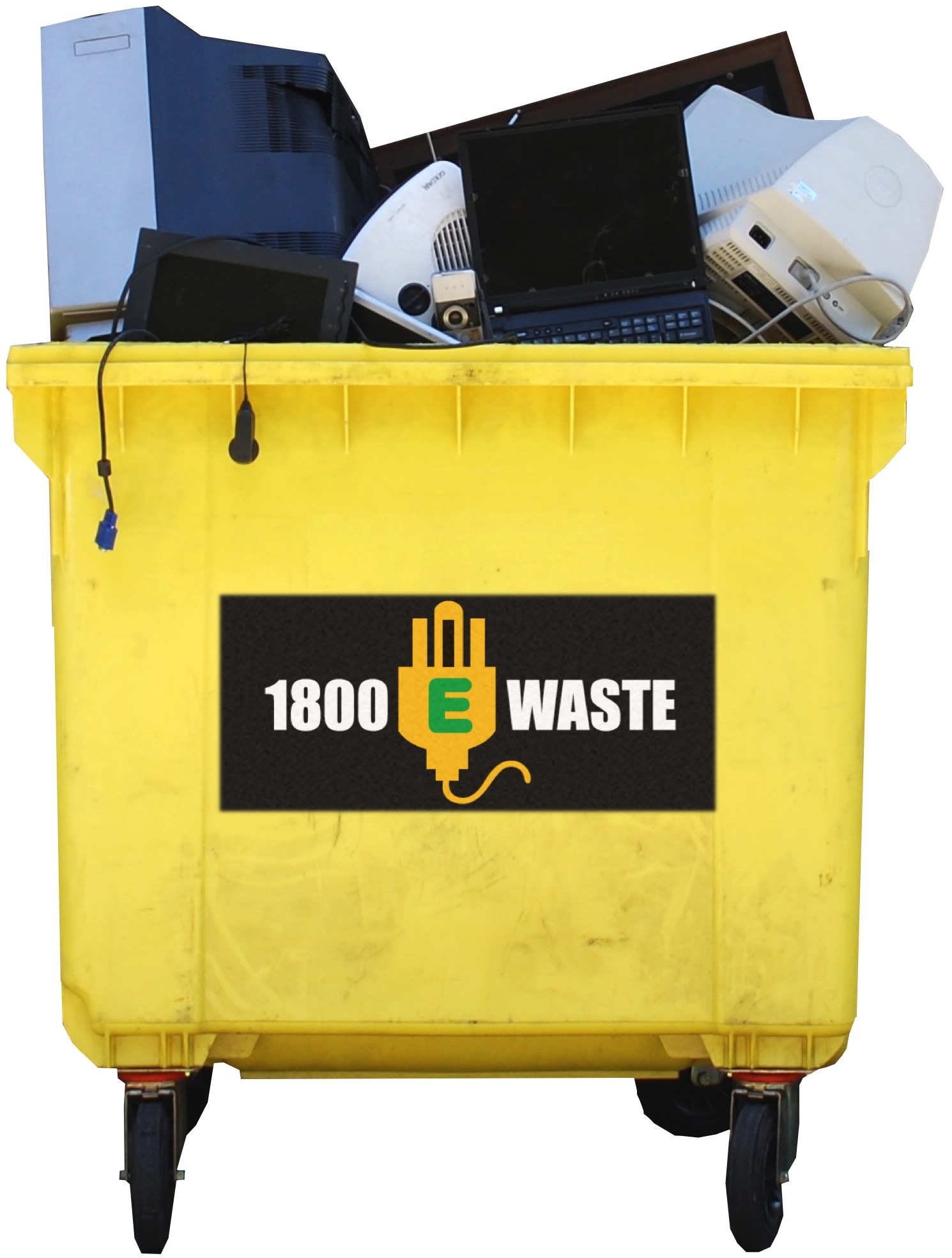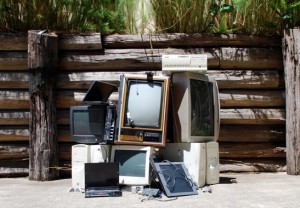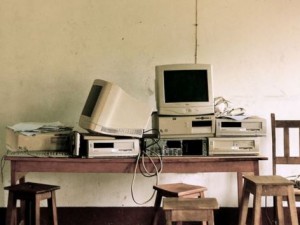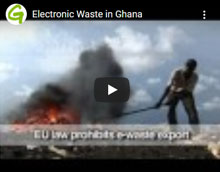How is electronic waste recycled?
As Australia’s leading electronic waste company, we collect and recycle hundreds of items of ewaste every week. Many of our customers are trying hard to do the right thing with their obsolete computers and televisions; others just can’t wait to get rid of the fridge that’s been wasting space for months. Whatever the story and whatever your intentions, we are often asked the same question regarding our services…. “What do you do when you collect our electronic waste?” Once you’ve organised a collection with one of our sales team, the rest is up to us. The driver will arrive in the agreed two
